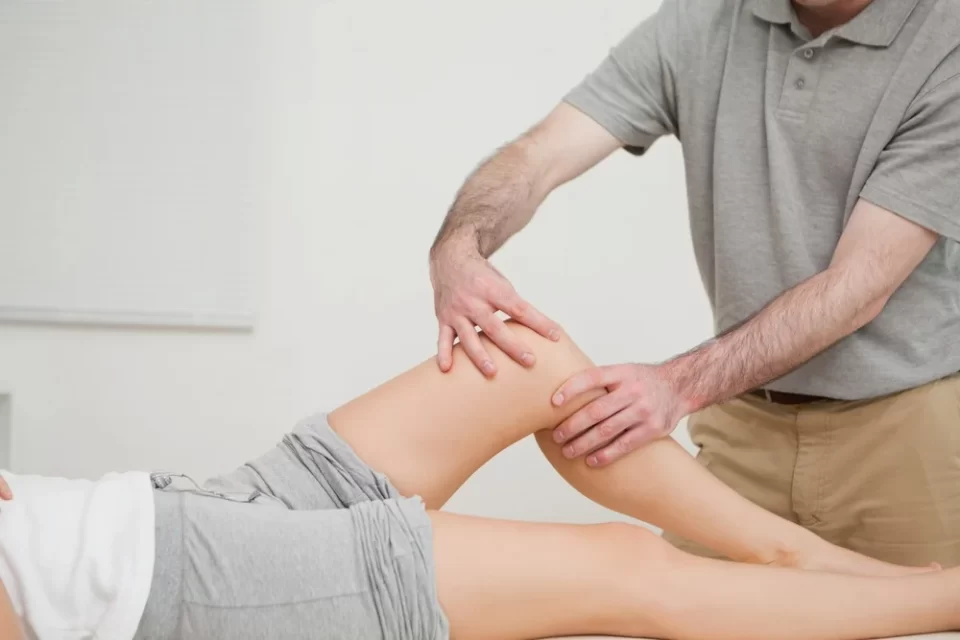Joint preservation refers to all surgical or non-surgical procedures that can alleviate joint pain and restore normal motion while keeping an individual’s normal anatomy. Although joint replacement may be necessary in some cases, joint preservation Cumming procedures can minimize the risk of infections or complications from implant surgery. The following are examples of joint preservation procedures that your specialist may recommend depending on the affected joint.
Thumb joint distraction
This minimally invasive procedure is used to repair damaged cartilage in the thumb. Thumb joint distraction combines surgical techniques with the body’s natural healing process to treat painful thumb osteoarthritis, preventing or slowing down the progression of cartilage.
Knee osteotomy
Knee osteotomy repositions the shin bone and thigh bone; this helps shift your body weight from the damaged area of your knee to a healthy part. Your surgeon uses this procedure to treat knee pain and instability resulting from cartilage damage due to arthritis in part of the knee joint. This procedure has been used for decades to slow the deterioration of cartilage or delay the need for joint replacement for many years. In most cases, knee osteotomy patients experience pain relief and improved knee function, which translates to improved quality of life. Most people don’t need to limit physical activity after healing from the procedure. People resume usual activities approximately three to six months after knee osteotomy.
Ankle joint distraction
Ankle joint distraction is an innovative procedure focusing on joint restoration to treat ankle arthritis in select patients. This procedure uses mechanical unloading of the damaged joint to reverse to alleviate pain and preserve ankle motion. Ankle joint distraction and unloading are believed to reverse some of the effects of arthritis in the joint. Although these procedures may be appropriate, they sacrifice the ankle joint to alleviate pain, resulting in loss of joint motion and activity restrictions after surgery. Good candidates for ankle joint distraction are young, active patients with arthritis caused by an injury.
Rotator cuff repair
Rotator cuff repair is a procedure that repairs a group of muscles and tendons surrounding the shoulder joint (rotator cuff). These muscles and tendons keep the humerus – the head of the upper arm bone – inside the glenoid, the shoulder socket. The rotator cuff can tear due to repetitive overhead motions or heavy lifting, causing shoulder pain, weakness, and decreased motion range in your shoulder joint.
Rotator cuff repair is often recommended for recent injuries rather than those caused by chronic conditions. The procedure can be performed with an arthroscope or surgery with an open, large, or small incision. If the surgeon uses an arthroscope, they will make a small incision to insert a small camera and three other tiny incisions for other surgical tools. Using surgical tools, your doctor attaches the tendon to the humerus using sutures.
In most cases, surgeons use small rivets called sutures, which may be made of metal or a material that dissolves. Rivets do not need to be removed, regardless of their material type.
To learn more about joint preservation procedures, consult your provider at Stephen Fisher, M.D.

